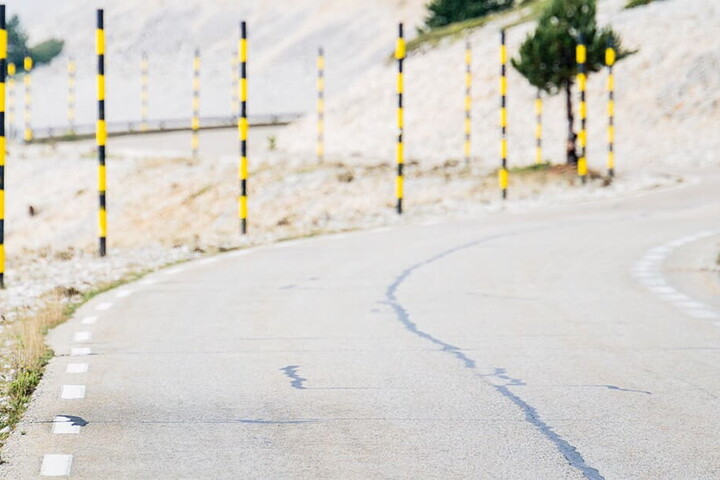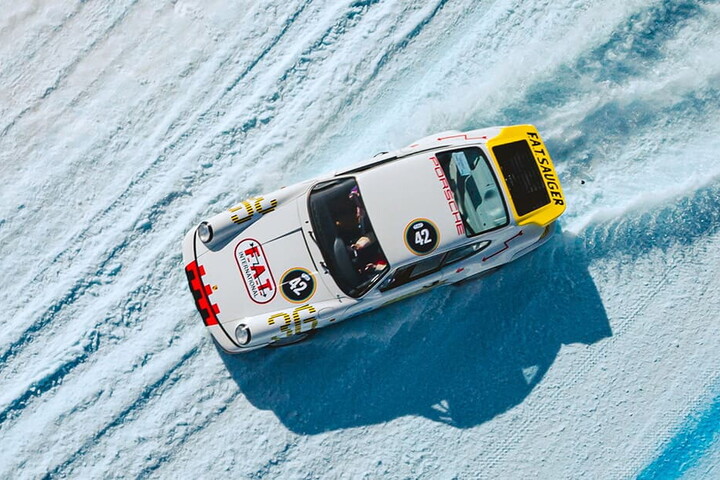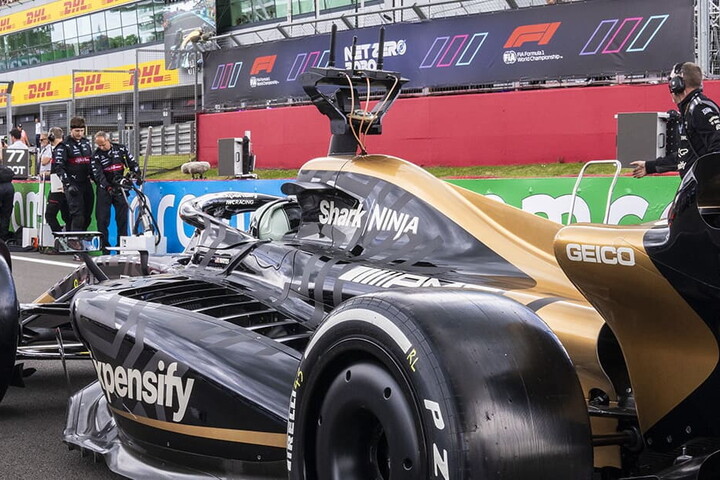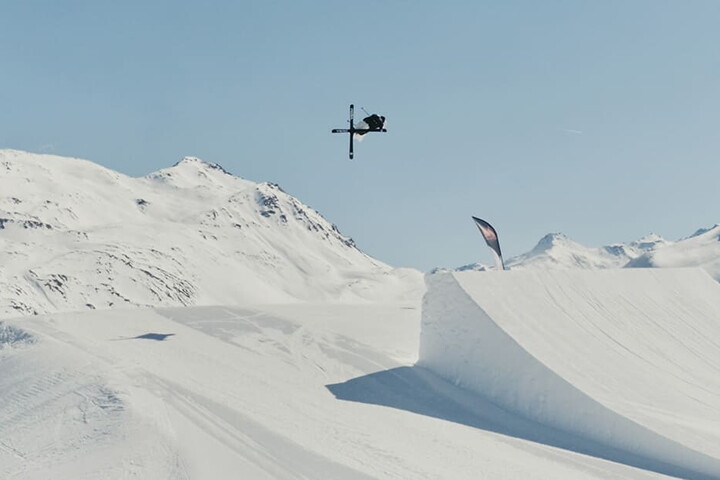Photography first and the sea next: these are the two elements which have always been part of the life of Carlo Borlenghi, considered to be one of the best photographers of sailing. “When I was young I lived by Lake Como and studied engineering at Milan University, but photography was my great passion. I had my own darkroom and personally developed the photos that I took. All my friends, when they went out in a boat, and knowing my passion for photography, always asked me to take pictures for them”. “The key turning point in my life, however, arrived when I succeeded in selling three photos to a person who was taking part in a regatta”, he recounts. “After two weeks I discovered that he was a top editor at Vogue magazine. He made me an offer: he was about to bring out a sporting magazine dedicated to the sea, under the name of Vogue on the Seas, and asked me if I would like to work with them. I accepted, and that is how I started my career as a sea photographer”.

From that moment on, Carlo Borlenghi has never stopped: he has started to spend the greater part of his days immortalising the most important regattas in the world, amongst which have been all the editions of the America's Cup since 1983. He has seen and lived through every type of situation, filtering everything through the lens of his camera: “By following the most important regattas on a global level, I have been able to travel around the whole world. I am always astounded, for example, by the encounters I have during the Rolex Sydney Hobart, departing from Sydney and finishing in Tasmania. From the helicopter I can admire dolphins, whales, seals, fascinating natural environments, and it astonishes me every time; I am just gobsmacked”.
“Faced with sights of such beauty, it is impossible to remain indifferent and I always try to bring that out through photography” he explains, before adding: “My job is certainly that of documenting the highlights of a regatta, and the yachts which take part in them, but also to help people understand where all this is happening. The most difficult task of a sea photographer is exactly that, to make sure that the location in which the photo was taken is rendered recognisable to whoever looks at it. The best trick is to find the angle where you can place the yacht in the location that surrounds it”. This is also what Borlenghi did in Miami, during his photographic service for SACS TecnoRib, the franchisee for Pirelli-branded rubber dinghies: “we had some fantastic days out and took pictures in places which have never been seen. In this case too, as well as ensuring that the boat could be viewed as the product, the nice part was to show everyone that we were in Miami. For this reason we went looking for various neighbourhoods and situations in the city where we could take our photos. The broker on this occasion had been particularly helpful: he showed me places with crystal clear water and perfect light. You could say he took me to the right place at the right time”.
In order to capture this type of photograph, though, you need study and preparation. “Contrary to what you may think, a photo always needs to be imagined and studied beforehand” explains the photographer. “Every Winter I take out the photos of the previous year, I examine them and try to find new ways to cut them. I work at it on my computer and once that precise angle has been registered in the memory, I just have to wait for the atmospheric phenomenon which will reproduce it”.
At the same time, Borlenghi underlines the fact that that in the work he does you also need a great deal of passion: “When I enjoy providing a photographic service, that means it is going well and the outcome will be an excellent job”. He then adds: “To successfully provide a service, it is obviously also important to have the right technological tools at your disposal. Today, technology has certainly greatly facilitated a photographer's job”.
The differences compared with the past are indeed very numerous. “Once upon a time, until the rolls of film came back from the laboratory, you were living in fear of having made some mistakes, for example in setting the focus of the photo, or by having missed something really important, something unique. In 2002 I was shooting the nautical encounter between the Luna Rossa and the Vespucci in New Zealand: a pass which lasted just three seconds, and I only had three shots available. I must admit that I was really worried that I might miss the critical moment. Today, all that does not exist. The result is immediate, and if you made any mistakes you know it immediately and can try to remedy it”.
Actually, the encounter between the yacht Luna Rossa and the historic sailing ship Amerigo Vespucci was repeated in May 2023 off Cagliari, and Carlo Borlenghi was once again a witness: “This year the encounter was really beautiful. To see the Luna Rossa gliding over the water with the Vespucci behind it was a wonderful moment. Maybe the one twenty years ago was marginally more exciting, because we knew about the arrival of the Vespucci, but we didn't know the details of the timetable for its landing place. I remember that I was outside documenting the training for the Luna Rossa team and at a certain point the Vespucci hove into view, in all its majesty and beauty. I'll say it again, at the last encounter too I was thrilled, but in general I continue to be so for every picture that I take, despite the fact that more than forty years have passed since the first one”.
What about the next one, then? “I still have a dream, which is probably a photo which I will never manage to take: a view of the Barcolana regatta below the surface. This is a regatta which takes place in Trieste with 2,000 yachts at the start, and to succeed in immortalising them all, even with an underwater shoot, would be impossible. You would need to dive to a depth where there is no light. At best, I could snap the hulls of four or five yachts together. What I am trying to do now, though, is to recreate the image I am looking for with the help of artificial intelligence. Obviously, it is not a photograph, but today is the time to dare to adopt a technology which could represent the future”.




